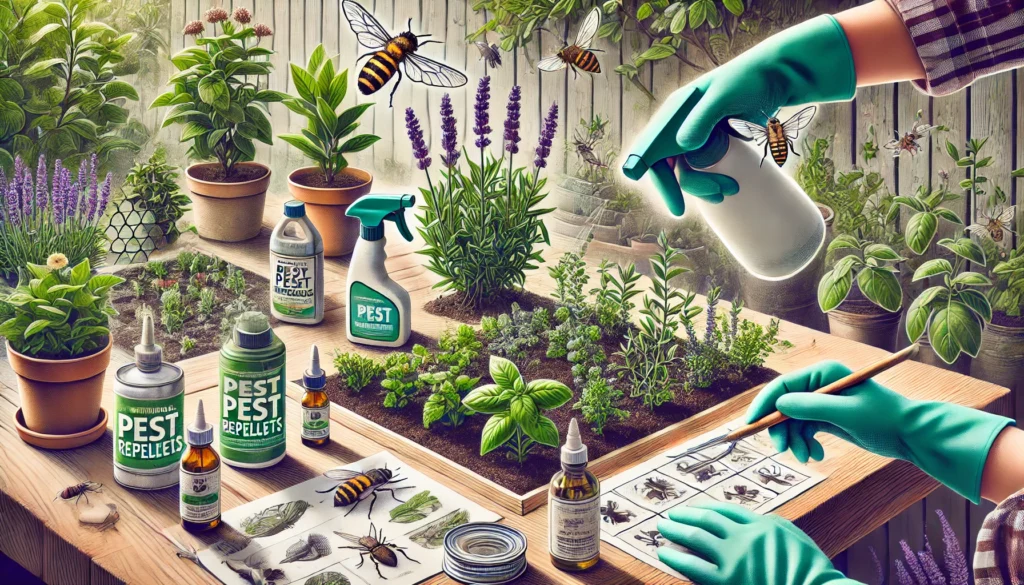Dealing with pests is a common challenge for homeowners and gardeners. While traditional pesticides can be effective, they often contain harsh chemicals that can be harmful to your health, your pets, and the environment. Fortunately, there are plenty of DIY pest control solutions that are both safe and effective. These methods use natural ingredients and simple techniques to help you manage unwanted pests without the need for toxic chemicals.
In this article, we will explore the best DIY pest control solutions for your home and garden, ensuring that your space remains pest-free while being safe for your family and the environment.
1. Essential Oils: A Natural Deterrent
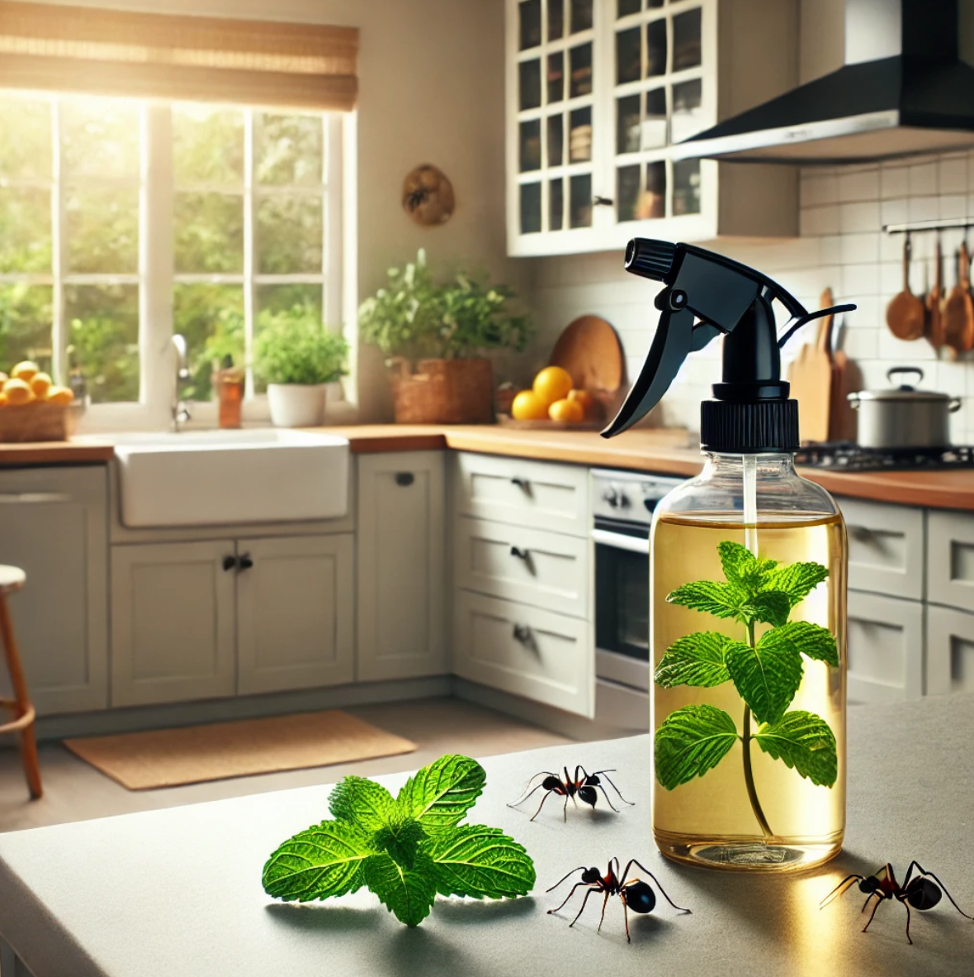
Essential oils are not only known for their pleasant scents but also for their powerful pest-repellent properties. Many pests, such as ants, mosquitoes, and spiders, dislike strong-smelling essential oils like peppermint, eucalyptus, and lavender.
How to Use:
- Mix 10-15 drops of essential oil (peppermint, tea tree, or eucalyptus) with water in a spray bottle. Spray the mixture around windows, doors, and any entry points where insects tend to come into your home.
- For garden use, create a diluted spray by mixing 5-10 drops of oil with water and a mild soap. Spray plants that are susceptible to pests like aphids and caterpillars.
Best For: Ants, mosquitoes, spiders, aphids, and other common household insects.
2. Diatomaceous Earth: A Natural Insect Killer

Diatomaceous earth is a powdery substance made from the fossilized remains of diatoms, a type of algae. It’s non-toxic to humans and pets but deadly to insects with exoskeletons. When insects come into contact with diatomaceous earth, it damages their exoskeletons, leading to dehydration and death.
How to Use:
- Sprinkle diatomaceous earth in areas where you’ve noticed insect activity, such as along baseboards, around windows, and in cracks and crevices.
- For garden use, dust the powder around the base of plants and on the soil to deter crawling insects like slugs and beetles.
Best For: Ants, bed bugs, cockroaches, fleas, and garden pests like slugs and beetles.
3. Vinegar Solution for Ants
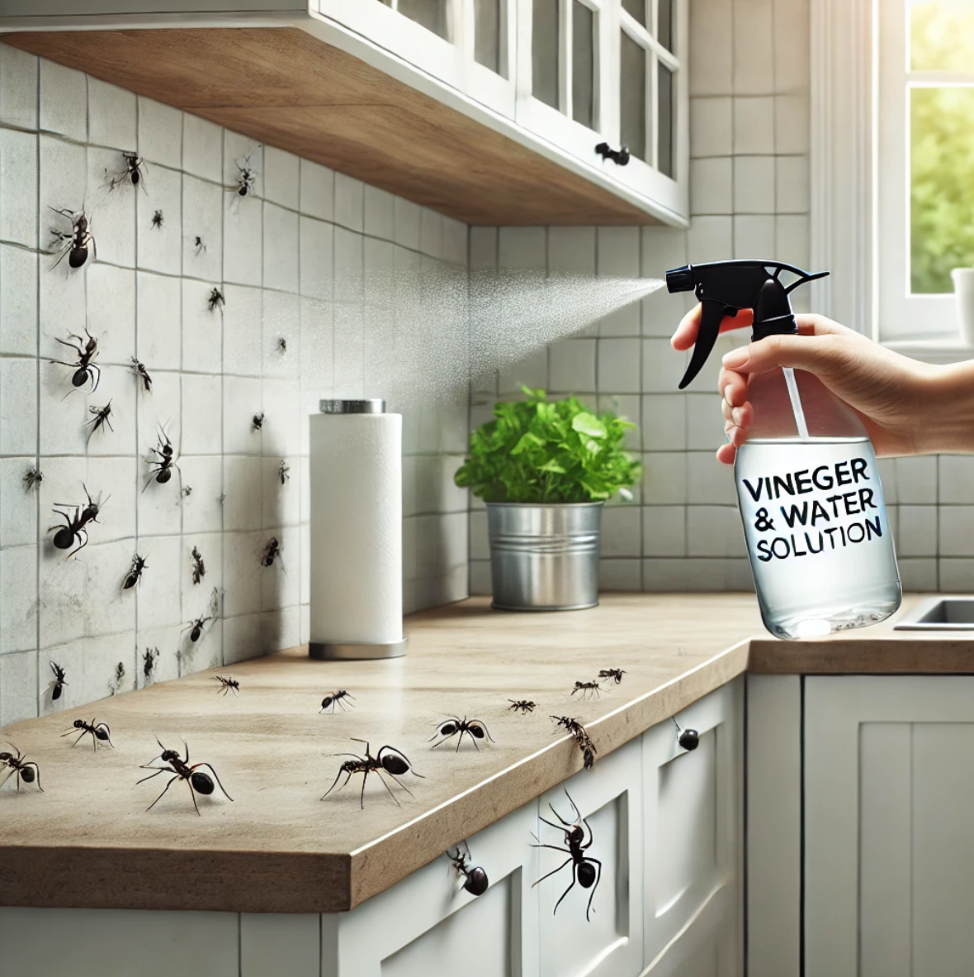
Ants are often drawn to food crumbs and sugary substances. A simple mixture of vinegar and water can help eliminate their scent trails and discourage them from entering your home.
How to Use:
- Mix equal parts white vinegar and water in a spray bottle. Spray the mixture along baseboards, countertops, and anywhere you see ants.
- Wipe down surfaces after spraying to remove any ant trails and clean the area.
Best For: Ants in kitchens, bathrooms, and other indoor areas.
4. Homemade Fruit Fly Traps

Fruit flies can become a nuisance, especially during the summer months when fresh fruit is abundant. Creating a DIY trap using common household items is an easy way to manage fruit fly infestations.
How to Use:
- Pour a small amount of apple cider vinegar into a glass or bowl and cover it with plastic wrap. Poke small holes in the wrap to allow the flies to enter but trap them inside.
- You can also add a drop of dish soap to the vinegar to reduce the surface tension, causing the flies to sink.
Best For: Fruit flies in kitchens and near fruit baskets.
5. Neem Oil for Garden Pests
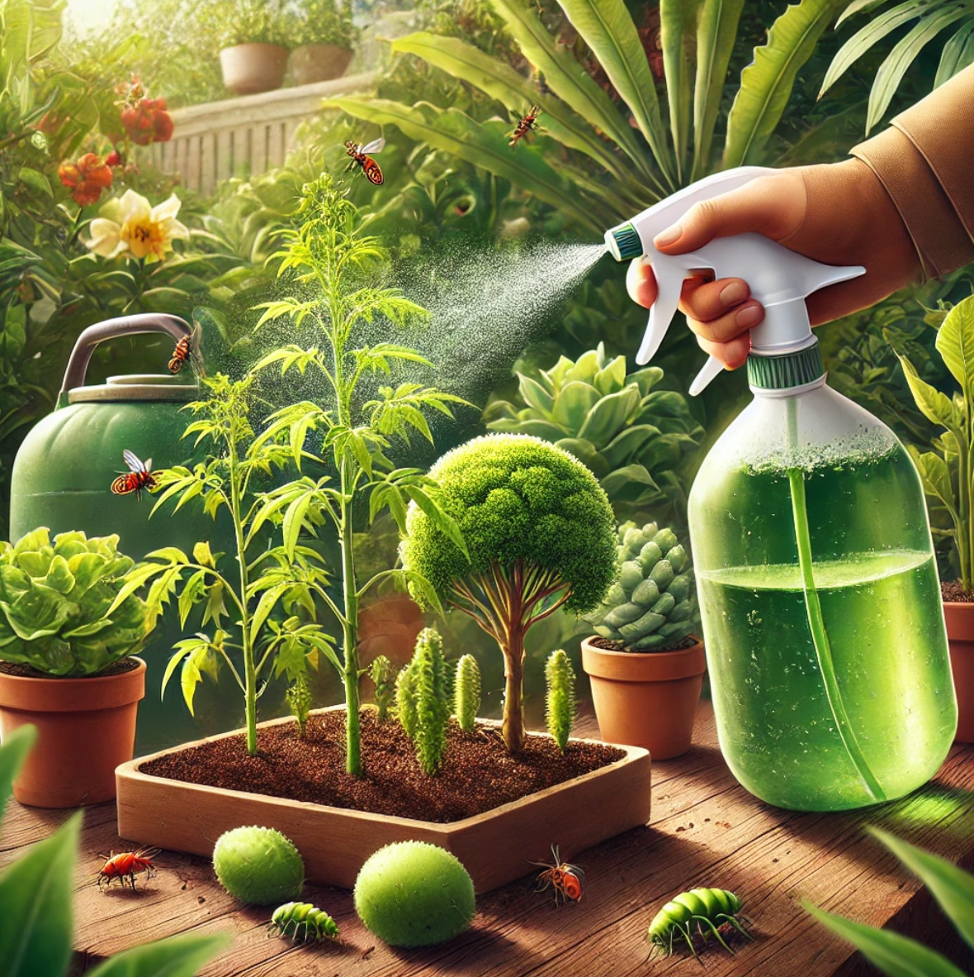
Neem oil is a natural pesticide derived from the seeds of the neem tree. It is effective at controlling a wide variety of garden pests, including aphids, whiteflies, and spider mites. Unlike chemical pesticides, neem oil does not harm beneficial insects like bees and ladybugs.
How to Use:
- Mix a few teaspoons of neem oil with water and a mild soap. Spray the mixture on the affected plants, ensuring that you cover both the tops and undersides of the leaves.
- Repeat the application every few days until the pest problem is under control.
Best For: Aphids, spider mites, whiteflies, and other garden pests.
6. Baking Soda and Sugar for Cockroaches
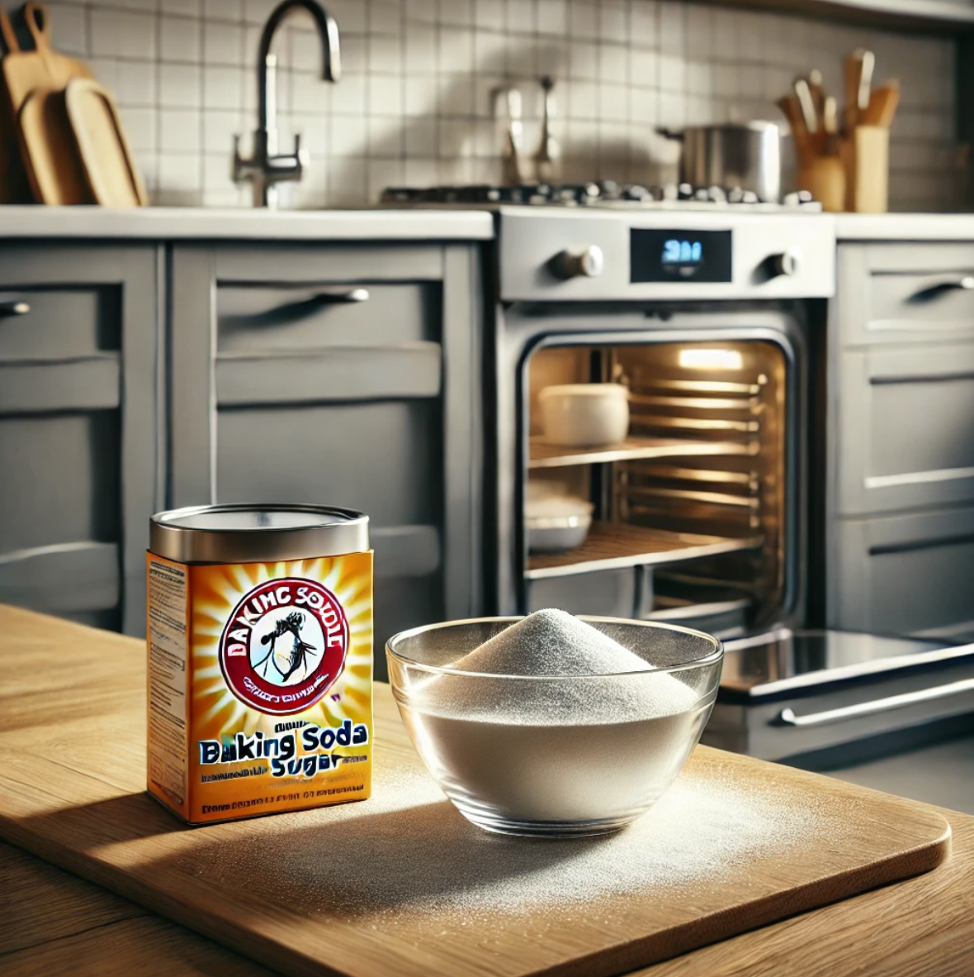
Cockroaches are notoriously difficult to get rid of, but a simple mixture of baking soda and sugar can help. The sugar attracts the cockroaches, while the baking soda disrupts their digestive systems, leading to their demise.
How to Use:
- Mix equal parts baking soda and sugar in a small dish or container. Place it in areas where cockroaches are likely to travel, such as behind appliances or in dark corners of your home.
- Replace the mixture every few days until the cockroach population is reduced.
Best For: Cockroaches in kitchens, bathrooms, and basements.
7. Citrus Peels for Repelling Pests
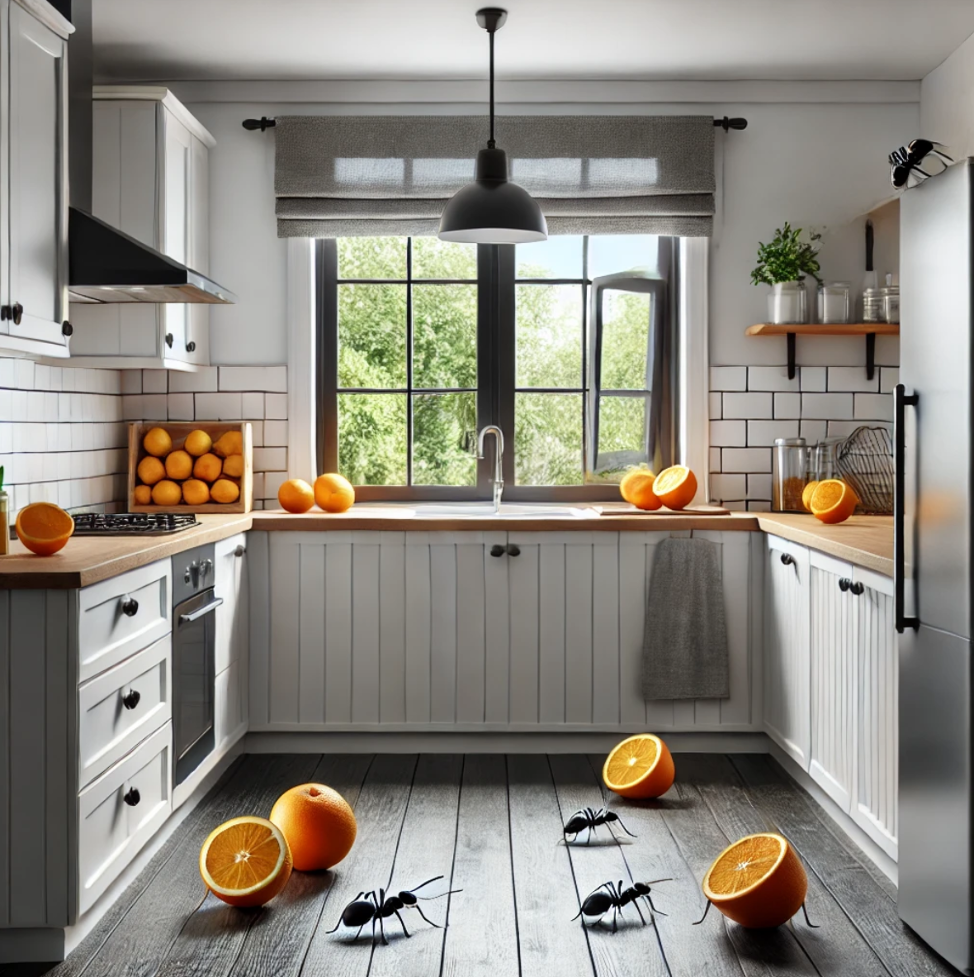
Citrus peels, especially from oranges and lemons, can be used to naturally repel pests such as ants, mosquitoes, and fleas. The strong smell of citrus is unpleasant to these insects, making it an effective deterrent.
How to Use:
- Place fresh citrus peels near entry points such as windowsills and doorways to keep ants and other pests from entering your home.
- For garden use, bury citrus peels in the soil around plants to repel garden pests and improve soil quality.
Best For: Ants, mosquitoes, fleas, and garden pests.
8. DIY Fly Trap with a Plastic Bottle
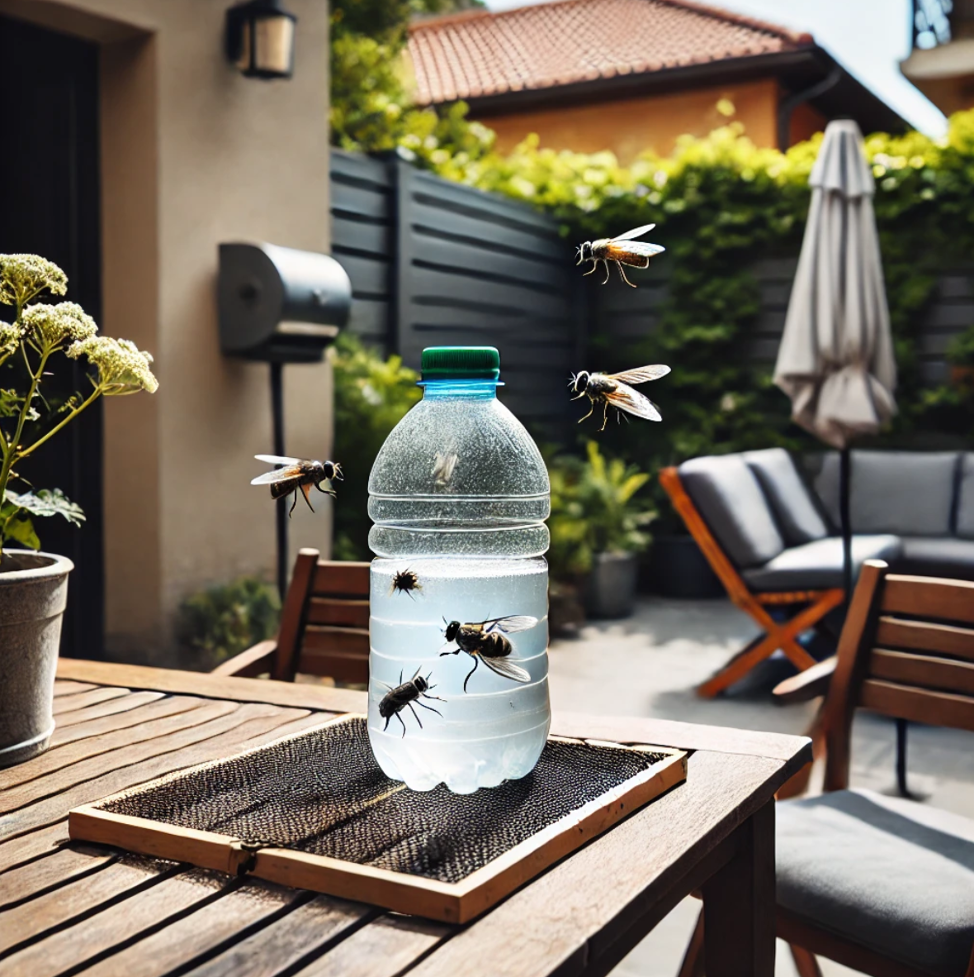
Flies can quickly become a problem indoors and outdoors, especially in warmer months. A simple fly trap made from a plastic bottle can effectively reduce their numbers without the need for harsh chemicals.
How to Use:
- Cut a plastic bottle in half and invert the top portion into the bottom, creating a funnel shape. Fill the bottom half with a sweet liquid, such as fruit juice or sugar water, to attract the flies.
- Once inside, the flies won’t be able to escape. Empty and refill the trap as needed.
Best For: Flies in kitchens, patios, and outdoor areas.
9. Cucumber Slices for Garden Pests
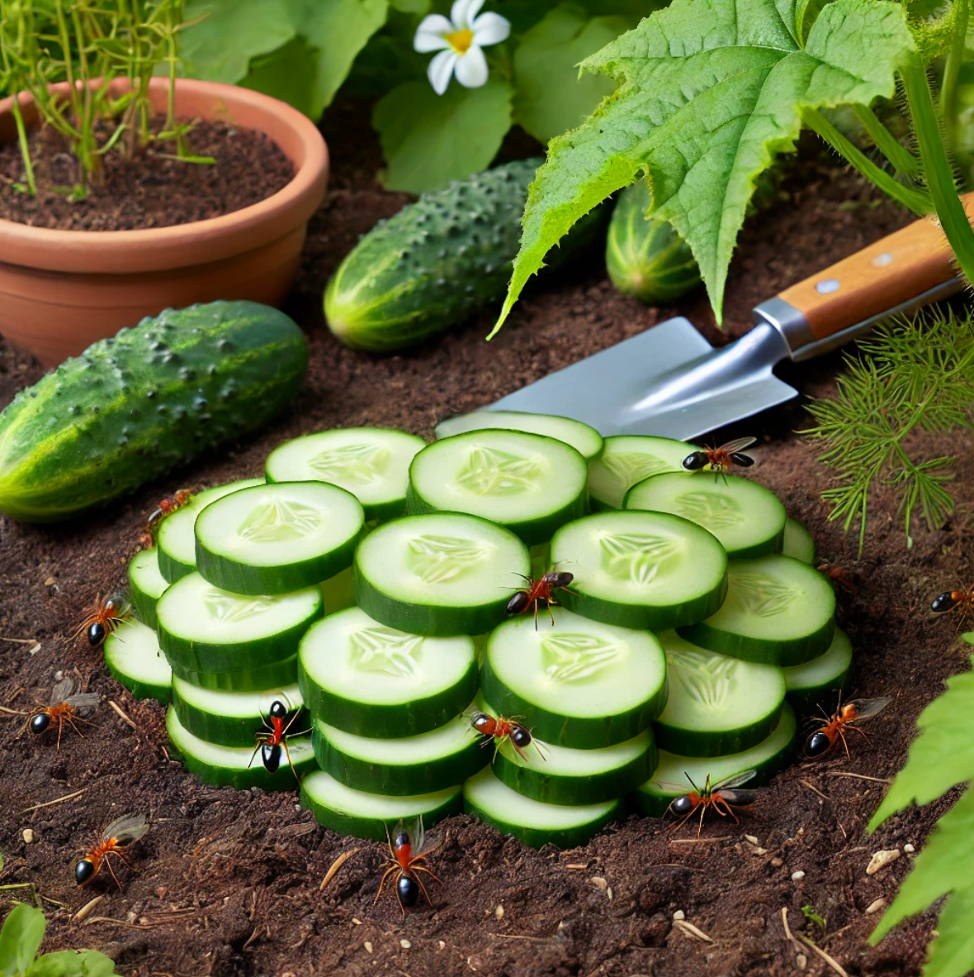
Cucumbers are not only great for your salad but can also be used to deter pests. The chemical compounds in cucumbers are known to repel ants, moths, and other pests, making them a simple and safe solution for your garden.
How to Use:
- Place cucumber slices or peels in areas where ants or moths are commonly found. Replace the slices regularly to keep pests at bay.
- In the garden, lay cucumber slices near plants to deter crawling insects.
Best For: Ants, moths, and small garden pests.
10. Epsom Salt for Slugs and Snails
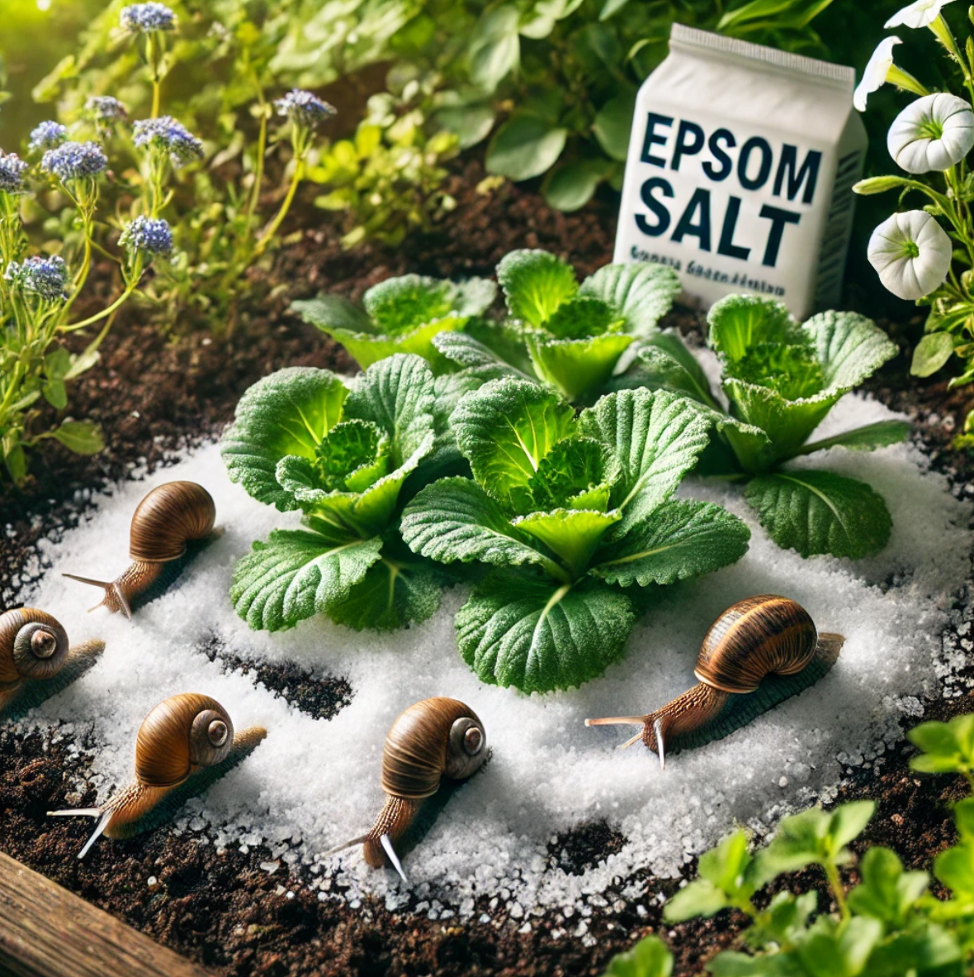
Slugs and snails can wreak havoc on your garden by eating plants and leaving behind slime trails. Epsom salt is a natural deterrent that helps to keep these pests away while providing magnesium to your plants.
How to Use:
- Sprinkle Epsom salt around the base of plants or garden beds where slugs and snails are likely to be found. The salt will act as a barrier that slugs and snails won’t cross.
- Be cautious when applying salt, as too much can harm plants.
Best For: Slugs, snails, and other garden pests.
Conclusion
Using DIY pest control solutions is an effective and environmentally friendly way to manage pests in your home and garden. By incorporating these natural methods, you can reduce the use of harmful chemicals, keep your family safe, and maintain a pest-free environment. From essential oils to homemade traps, these solutions are simple, affordable, and safe to use.

